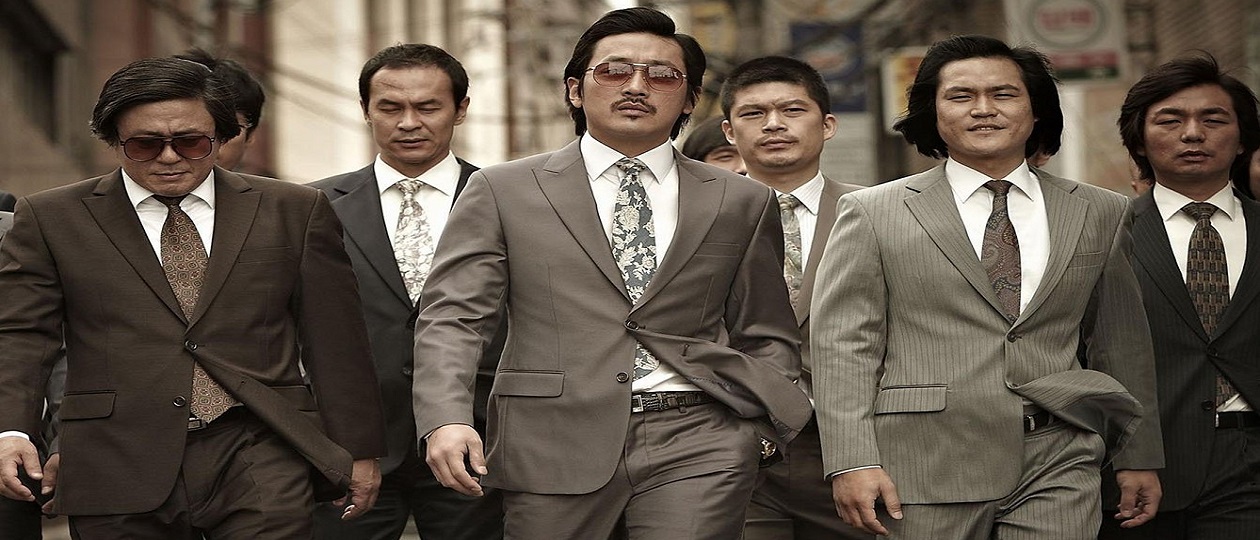
Shinto has no founder, no doctrine, no commandments, no idols, and no organization.
What it does have are ambiguous characteristics like sympathy and silent experience. This is the very reason why it has been often considered a non-religion by Japanese scholars as well as foreign intellectuals. Japan’s unique historical circumstances and cultural background explain the development of Shinto at the intuitive rather than overtly intellectual level.
Japan is surrounded in every direction by sea, and it has kept relative peace with its neighbors for much of its history, the aberrations of the twentieth century notwithstanding. Japan suffered no major invasions or mass emigrations, despite some incursions and considerable cultural influences from Korea and China.
Throughout her history, Japan has remained a remarkably homogeneous nation and I believe that this explains many of the characteristics of Shinto, and of Japanese culture more generally. In particular, the characteristic of not pursuing any theory or system is explained by this historical fact. In a homogeneous society, there is less competition between ideas or schools of thought.
But this uniformity turned out to be a significant weakness when Japan was brought face to face with other civilizations and ways of life. After the Meiji Restoration in 1868 and then World War II, Western civilization engulfed Japan and suppressed many of its traditional values and instincts.
Let us consider further the cultural flood from the west. Since the so-called “Cultural Enlightenment” of the Meiji era, “Culture” has largely meant “Western culture.” Culture belongs to the West, and being intellectual generally means being someone who imports Western culture to Japan.
Models of culture are in the West, so people who love the traditional Japanese culture without knowledge of Western culture are considered anachronistic and bigoted. Yuurei Mori, Secretary of Education in the Meiji Government, who was an admirer of the West, once famously used his walking stick to lift the white silk veil that protects the Ise shrine from the view of visitors. This incident neatly symbolized the state of the Japanese nation in the Meiji era.
During this time of great turmoil, Shinto was forced to mutate into a distorted, nationalized religion, of which grotesque ethnocentrism was the most notable characteristic. We could say that this ethnocentrism was the result of the reaction to admiration of the West. Shinto, lacking its own solid doctrine and theory, ended up revealing this weakness. Then after the country’s defeat in World War II, when nationalized Shinto was destroyed, Shinto went into decline.
During this tumultuous time there was certainly a handful of people trying to re-establish the essence of Shinto and appeal to society with the practice of the faith. However, it was a weak and small movement facing a trend that was consuming the whole of society.





